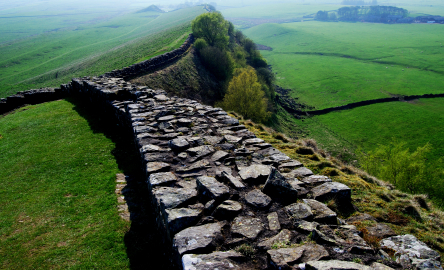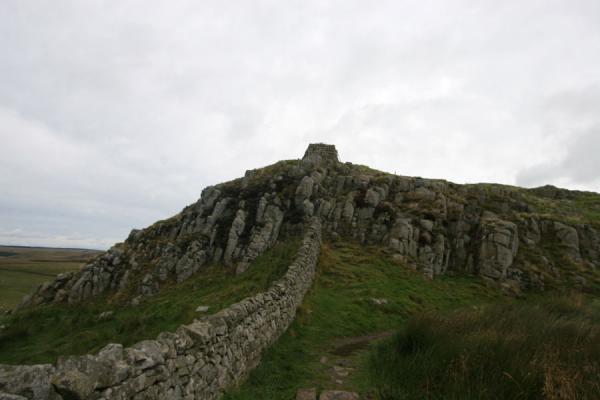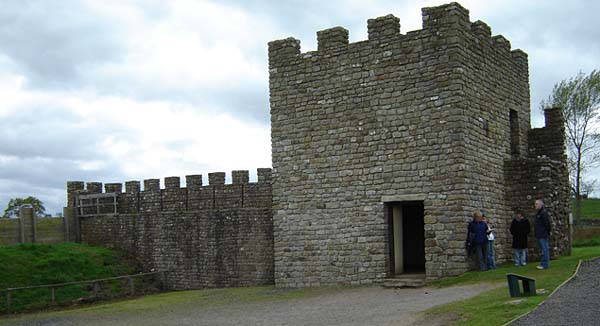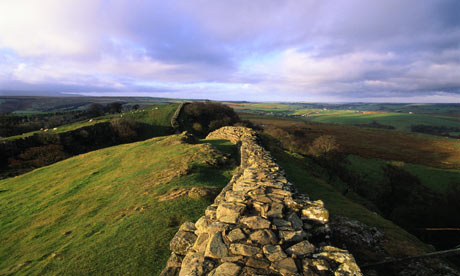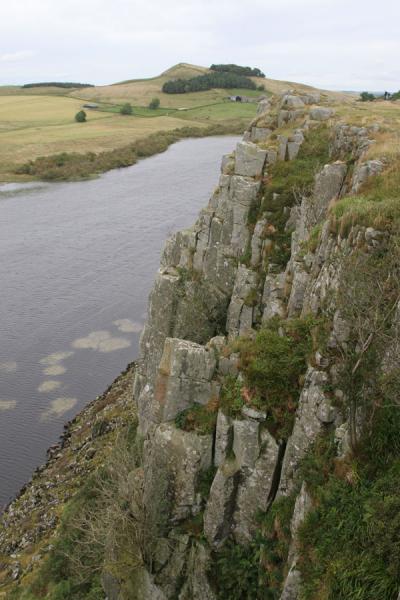
The Kamchatka peninsula bristles with places of dizzying beauty, but unfortunately there is just one place – and it is the Valley of Geysers – known for those people who haven’t been to the peninsula that can be considered as one of the most beautiful lands in the whole Russia. There is one unique place that is being as good as the other nature sights of Kamchatka region and located not far from the before-mentioned Valley of Geysers, and this place is caldera of Uzon volcano. Today we will tell you about it.
Uzon caldera is the thing that was left from a huge volcano destroyed by the series of volcanic explosions that took place approximately 40,000 years ago. The height of the former volcano was about 3000 meters (10,000 feet), that’s what volcanologists say. At present, the caldera looks like a flat-bottomed punchbowl, 10 kilometers (6,5 miles) in diameter. These steep edges 200-900 meters high (650-3000 feet) are half-destroyed walls of the ancient volcano.


But what’s really tempts tourists from all over the world to come there are hydrothermal activity developments: hot pools, boiling mud pools, hot wells and mud volcanoes. Moreover, all these things are found side by side with opulent vegetation and seaweeds of extraordinary colors.



This lake has a weird name – Chloride lake. It is forbidden to swim in there.

Hot wells have such a remarkable coloring because of bacteria colonies and peculiar seaweeds that are able to live in hot water.


This is a pulsating hot spring. And again it has such a coloring because of mineral deposits and different bacteria.


These are so-called mud pools. Mud boils in there and sometimes bubbles crop up there because of gas contained.





One of the thermal fields with steam outlets. By the way, soil at the thermal fields is always snowless and well-heated so that it is covered with a thick layer of greenery year-round.

Water in some lakes is harmless for man so you can swim in there and enjoy hot water with plenty of minerals.


Due to its shape such a discharge of hot water is often called as kettle.







All the routes at the caldera are fitted out with timber flooring. One wrong step – and you are already burnt out.




 2:00 AM
2:00 AM
 crkota
crkota













